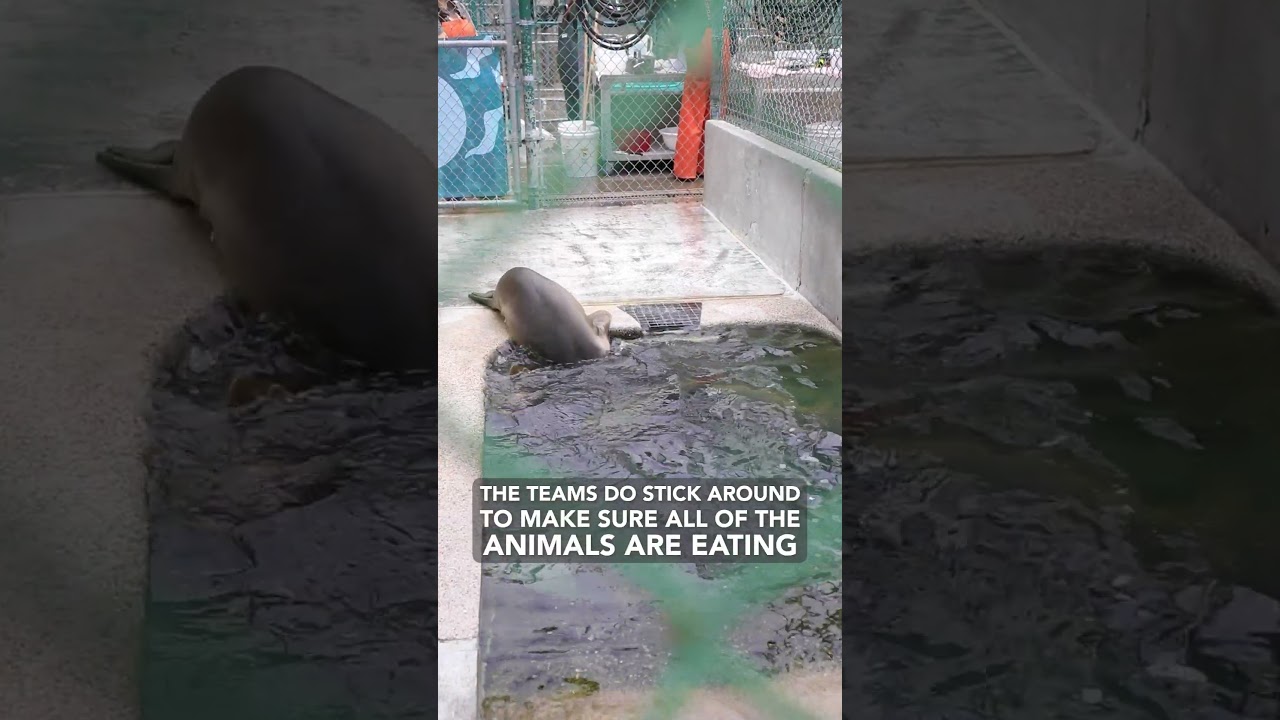- The Importance of Teamwork in Wildlife Conservation
- A Day at Marine Mammal Care: Tasks and Responsibilities
- Veterinary Care and Rehabilitation
- Public Education and Community Outreach
- The Impact of Teamwork on Marine Mammal Conservation
The Importance of Teamwork in Wildlife Conservation
Teamwork is the cornerstone of effective wildlife conservation. Working together ensures a plethora of expertise and diverse skill sets converges, necessary for tackling the complex challenges in wildlife care. Collaboration among specialists such as veterinarians, biologists, marine scientists, and volunteers is crucial. A holistic approach helps in crafting effective strategies that cater to the intricate needs of marine mammals. Effective communication, trust, and mutual respect among team members drive success in conservation efforts. Resource sharing and coordinated actions lead to better outcomes for animal health, rehabilitation, and release programs.
A Day at Marine Mammal Care: Tasks and Responsibilities
A typical day at Marine Mammal Care in California is a bustling hive of activity aimed at rescuing, rehabilitating, and releasing marine mammals. It starts early with feeding rounds. Each staff member and volunteer has specific tasks, ranging from preparing specialized diets to advanced healthcare procedures.
Cleaning and maintaining pools and enclosures are essential tasks that create a safe and sanitary environment. Enclosure cleaning demands rigorous attention to detail to prevent the spread of diseases. Behavioral observation is another critical task, as monitoring the health and behavior of the animals helps in early detection of issues. Additionally, regular training sessions are conducted to acclimate animals to human interaction, streamlining future medical care.
Studies and data collection form a substantial part of daily routines. Detailed records on each animal, including feeding habits, medical treatments, and behavioral changes, are meticulously maintained. This data is vital for ongoing research and helps improve future rehabilitation protocols.
Veterinary Care and Rehabilitation
Veterinary care is a pivotal aspect of marine mammal conservation. The team of veterinarians and trained staff at Marine Mammal Care work round the clock to provide medical attention to injured or sick animals. High-tech diagnostic tools, such as ultrasound machines and portable X-ray units, are commonly used to identify internal injuries or illnesses. Surgery, wound care, and therapeutic treatments are routine practices.
Rehabilitation involves long-term care plans tailored to individual needs. Nutritional rehabilitation is critical; malnourished animals receive specially formulated diets to restore their health. Physical therapies, like swimming exercises, are also part of the recovery process.
Another important aspect is mental rehabilitation. Enrichment activities, such as toys and environmental modifications, help reduce stress and stimulate natural behaviors. This comprehensive approach ensures that when animals are released back into the wild, they have the best chance of survival.
Public Education and Community Outreach
Public education holds immense significance in wildlife conservation. Through community outreach programs, Marine Mammal Care educates the public on the importance of marine mammals and the threats they face. Interactive sessions, workshops, and educational tours aim to raise awareness and inspire action in local communities.
Education initiatives cover various topics, including the effects of pollution, illegal fishing practices, and climate change on marine ecosystems. Engaging events like beach clean-ups and conservation talks promote active community involvement. Volunteers play a pivotal role in these efforts, amplifying the reach and impact of educational programs.
Additionally, partnerships with schools and universities foster a broader understanding of marine biology among students. These collaborations often lead to internship opportunities, encouraging the next generation of conservationists.
The Impact of Teamwork on Marine Mammal Conservation
The impact of teamwork on marine mammal conservation cannot be overstated. From daily care routines to complex medical procedures and public awareness campaigns, collaboration ensures that all aspects of conservation efforts are addressed efficiently.
One significant outcome is the enhanced success rate of rehabilitation and release programs. Animals treated in a collaborative environment benefit from comprehensive care, increasing their chances of thriving in their natural habitats. Coordinated efforts in data collection and research lead to groundbreaking studies, informing global conservation strategies and policies.
Environmental initiatives and public education programs foster a collective sense of responsibility towards marine conservation. The ripple effect of these efforts can lead to legislative changes and increased funding, ultimately providing a stronger foundation for long-term conservation goals.
In essence, teamwork at institutions like Marine Mammal Care California represents the epitome of how collaborative efforts can drive meaningful change in wildlife conservation. Effective teamwork results in healthier marine mammal populations and more informed and engaged communities, creating a sustainable future for our oceans and their inhabitants.
*****
Source Description
As part of Georgia Aquarium’s mission to rescue and rehabilitate marine life, we have been able to assist in the treatment of stranded sea lion, harbor seal, and elephant seal pups along the coast of California.This is all in partnership with the Marine Mammal Care Center.
Carefree Melody by Twin Musicom is licensed under a Creative Commons Attribution 4.0 license. https://creativecommons.org/licenses/by/4.0/


